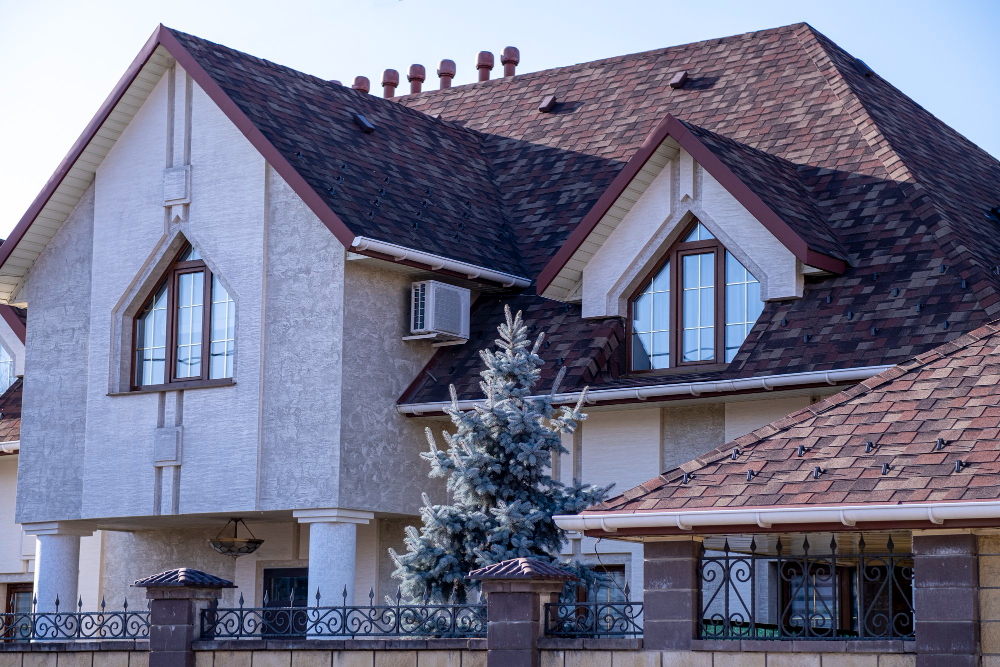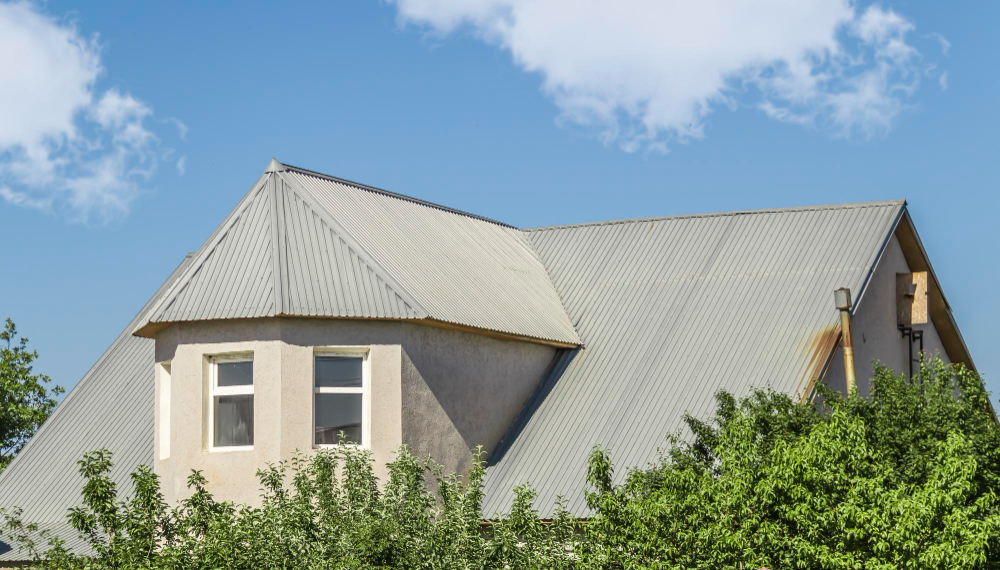Last updated on
Embarking on a roofing project opens a valuable opportunity to contribute to environmental conservation efforts. Sustainable roofing is not only beneficial for the planet but also cost-effective in the long term, and often more durable than conventional materials.
In this guide, we’ll explore practical steps and considerations for incorporating sustainable practices into your next roofing project. Whether choosing materials with lower environmental impact or incorporating energy-efficient designs, there’s a spectrum of options available to those looking to make a positive impact on the environment without sacrificing quality or aesthetics.
Professional Roof Installation: Ensuring Sustainability Through Expertise

The installation of your roof plays a crucial role in maximizing its sustainability and lifespan. Utilizing professional roofers who specialize in eco-friendly practices can make a significant difference. Experts in roofing installation ensure that not only is your new roof durable and resilient, but it also adheres to the best sustainable building practices.
Moreover, they can provide valuable insights on the most efficient designs and materials for your climate and region, such as cool-roof technology or recycled shingles, ensuring that your roofing project not only reduces its environmental footprint but also aligns with the highest standards of quality and durability.
Opt for Eco-friendly Roofing Materials to Support Sustainability Efforts
When deciding on materials for your eco-conscious roofing project, giving preference to recycled or reclaimed options can have a notable impact. Not only do these materials lessen the strain on natural resources, but they also reduce the volume of waste being deposited in landfills.
Examples such as recycled metal roofing, rubber tiles crafted from old tires, and reclaimed slate or clay tiles showcase the possibilities. By opting for these sustainable choices, homeowners strike a balance between environmental stewardship and enduring style that transcends time.
Choose Energy-efficient Cool Roofs for Cost-effective Solutions

Cool roofs are constructed using materials that reflect more sunlight and absorb less heat compared to standard roofing surfaces. Particularly beneficial during hotter months, a cool roof aids in decreasing energy consumption by cutting down on air conditioning needs, resulting in lower electricity costs and reduced greenhouse gas emissions.
This can be accomplished through the application of reflective shingles, tiles, or coatings that boast Energy Star ratings for their exceptional efficiency.
Prioritize Roof Insulation for Enhanced Thermal Performance
A well-insulated roof plays a vital role in establishing an energy-efficient household. Top-notch roof insulation helps maintain a consistent indoor temperature, diminishing the necessity for heating in winter and cooling in summer.
Sustainable insulation alternatives like cellulose, cork, or sheep’s wool, which are renewable and have minimal environmental impacts compared to traditional foam or fiberglass, can be a valuable investment. Not only does this choice promote sustainability, but it also enhances the overall comfort of your living environment.
Embrace Rainwater Harvesting Systems to Preserve Water Resources
Integrating a rainwater harvesting system into your roofing project enables the collection and storage of rainwater for future use, like watering the garden or flushing toilets. This eco-friendly practice alleviates pressure on municipal water supplies, resulting in reduced water expenses.
Furthermore, it aids in managing stormwater runoff, mitigating the risk of flooding and soil erosion near the building’s foundation. By incorporating this sustainable approach, you contribute to water conservation efforts and support a greener environment.
Prioritize Longevity with Robust Roofing Materials for Sustainable Solutions
Sustainability encompasses more than just utilizing eco-conscious materials; it also involves investing in long-lasting options. Opting for materials with extended lifespans means roofs require replacement less frequently, thereby reducing material waste.
Choices like slate, terracotta, and premium metal materials, while initially pricier, can endure for decades, making them a sustainable selection in the long run. By selecting durable roofing materials, you not only reduce environmental impact but also ensure lasting protection for your property.
Embrace Renewable Energy with Solar Panel Integration
Lastly, consider incorporating solar panels into your roofing layout to harness renewable energy from the sun and generate electricity for your home. This initiative significantly diminishes reliance on non-renewable energy sources and reduces your home’s carbon footprint.
Although there is an upfront investment, the long-term savings on energy bills and the potential rise in property value are substantial. With advancements in solar technology offering an array of visually appealing options, such as solar shingles that seamlessly blend with traditional roofing materials, you can enhance sustainability while reaping the benefits of renewable energy.
Embracing sustainable practices in roofing projects represents a powerful step towards a more ecologically responsible future. By prioritizing energy-efficient designs, utilizing eco-friendly materials, and adopting renewable energy technologies, homeowners can significantly lessen their environmental footprint.
The convergence of durability, cost-effectiveness, and aesthetic versatility that sustainable roofing options offer makes it an attractive choice for those aiming to build with the future in mind. Beyond the individual benefits, each sustainable roofing project contributes to a collective effort to protect our planet, ensuring a greener and more resilient built environment for generations to come.
Whether through professional installation, material choice, or innovative technologies, the path to sustainability on your rooftop is clear and attainable.
Table of Contents




